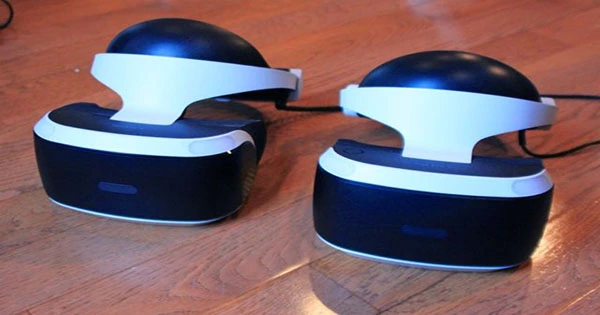Back at CES, Sony made a passing allusion to its impending virtual reality headgear. Most years, Sony does something similar at the show: give a number of tidbits about forthcoming goods without delivering much in the way of details. And, hey, if you have something exciting up your sleeve, why not tease it out a little? The official PlayStation blog took the next step today, sharing a little more about the game. It’s one of those hardware unveilings where a business talks about rounded corners, vents, and how it was motivated to make all of these design decisions. The most important thing is that we’re finally getting a decent look at it.
In a word, Sony characterizes the design language as “orb.” It’s a VR2 Sense controller orb created to match the orby design of the orbily design. People, its orbs all the way down. It all makes sense. For the human hand and head, the round is a desirable form to choose. “The spherical orb shape depicts the 360-degree vision that gamers get while entering the virtual reality environment,” Sony continues Orbastic. Because you’ll be wearing this for an extended period of time, comfort is essential. There are new incorporated vents and adjustments to the adjusting knobs, giving you more focal length possibilities. The device has a redesigned motor for tactile feedback as well as a reduced overall profile.
PSVR gen. one users will be accustomed to the weight balance and adjustable headband. The same can be said about the location of the headphone jack. “One of the areas I wanted to focus on first when I started working on the design for the PlayStation VR2 headset was the idea of putting a vent in the headgear to let air out, similar to the vents on the PS5 console that enable ventilation,” explains Sony designer Yujin Morisawa.
“Our engineers came up with this notion as a good technique to provide ventilation when gamers are absorbed in their VR games and avoid the lens fogging up.” To achieve this, I worked on a number of design options, and as you can see in the final design, there is a little area between the top and front surfaces of the scope that houses the integrated ventilation. I’m pretty pleased with how it turned out and the great response I’ve received thus far. I’m hoping our PlayStation fans will agree, and I can’t wait to see what they think.”
The black and white design language, according to Sony, is as follows: Our objective is to design a headset that not only looks good in your living room but also keeps you engrossed in your game world to the point that you forget you’re wearing a headset or using a controller. That’s why we focused on the headset’s ergonomics and undertook thorough testing to ensure a comfortable fit for a wide range of head sizes.
The gadget won’t blend in with the furnishings here (unless you live on the Death Star), but you might not feel compelled to hide it every time you have visitors. The first PlayStation VR system was released in 2016 for the PlayStation 4. The firm claimed at the end of 2019 that the headset has sold five million units worldwide. The sequel seemed inevitable, coming for the PS5 at a time when everyone was talking about virtual reality and the metaverse.















